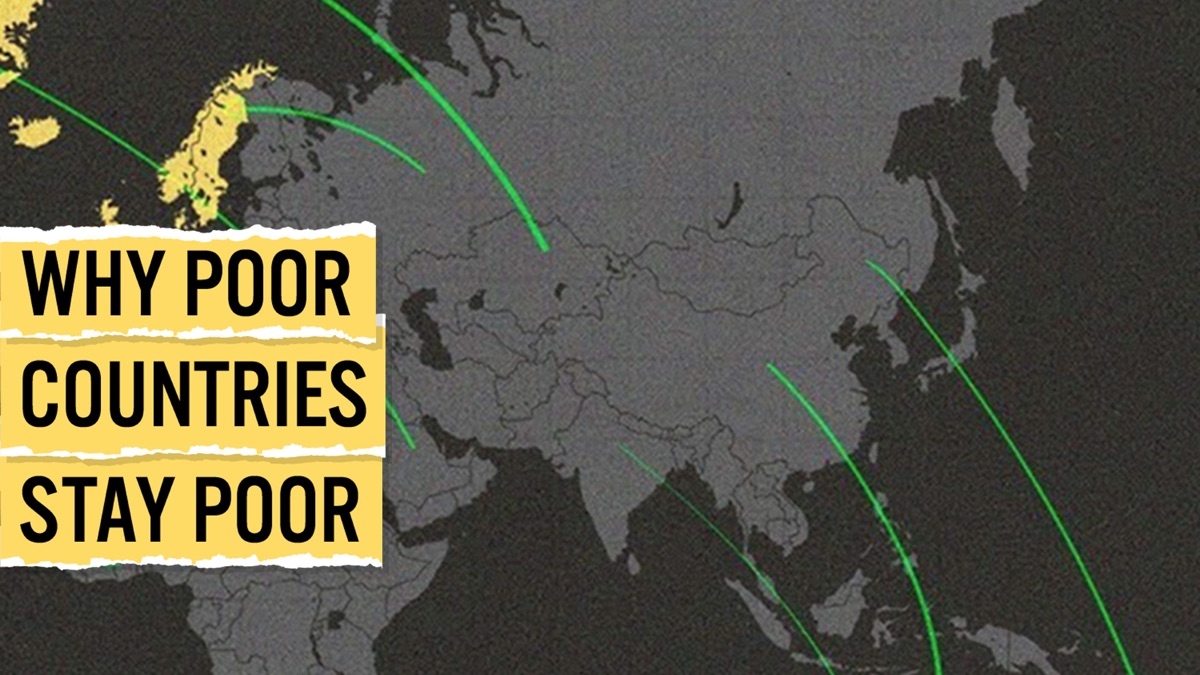Brain Drain Fears: How Countries Are Competing For US Researchers

Table of Contents
The Allure of International Research Opportunities
The emigration of US researchers isn't simply a matter of individuals seeking better opportunities; it's a complex issue driven by several factors. Many countries actively court top US research talent, offering a compelling array of advantages.
Higher Salaries and Funding
One major driver is the significant disparity in salaries and research funding. Many countries offer significantly higher compensation and more robust research grants than the US.
- Canada: Offers competitive salaries and generous funding programs for researchers across various disciplines.
- United Kingdom: Provides attractive salary packages and substantial research funding opportunities, particularly in areas like life sciences and engineering.
- Australia: A strong commitment to research and development translates into competitive salaries and well-funded research projects for attracting skilled researchers.
- Specific funding programs like the European Research Council (ERC) grants and various national science foundations worldwide are actively attracting researchers away from the US with their substantial financial support and flexible research environments.
State-of-the-Art Facilities and Infrastructure
Access to cutting-edge research facilities and infrastructure is another significant pull factor. Some countries have invested heavily in advanced research equipment and collaborative environments that are not readily available in the US.
- Many leading European research institutions, such as the Max Planck Institutes in Germany and the Swiss Federal Institutes of Technology (ETH Zurich and EPFL Lausanne), boast unparalleled facilities and attract considerable international research talent.
- Similarly, countries in Asia, such as Singapore and South Korea, have invested heavily in creating world-class research infrastructures, complete with advanced technologies and equipment that are particularly appealing to scientists and engineers.
- The advantages of collaborative research environments, often more readily available and better funded internationally, are also enticing to many US researchers.
Improved Work-Life Balance and Quality of Life
Beyond financial incentives and infrastructure, the allure of a better work-life balance and overall higher quality of life also plays a critical role.
- Many European countries, for example, are known for their robust social safety nets, generous parental leave policies, and emphasis on work-life integration, making them attractive destinations for researchers seeking a better overall quality of life.
- Lower costs of living in certain regions of the world, coupled with a vibrant cultural scene, also contribute to a better overall quality of life, further incentivizing emigration from the US.
Strategies Employed by Competing Nations
Countries actively seeking to attract US researchers employ various sophisticated strategies, reflecting a global competition for research talent.
Targeted Recruitment Campaigns
Many countries launch targeted recruitment campaigns aimed at attracting researchers in specific fields.
- These campaigns often utilize online platforms, professional networking events, and personalized outreach to researchers.
- Strategies often focus on specific fields deemed crucial for national development and competitiveness, such as artificial intelligence, renewable energy, or biotechnology.
Immigration Policies and Visa Processes
Streamlined immigration policies and simplified visa processes play a crucial role.
- Countries with straightforward pathways to permanent residency or citizenship for researchers have a clear advantage over those with complex and lengthy processes. The lengthy US green card backlog for researchers is a major deterrent.
- A comparison of US immigration policies with those of other developed nations often reveals a significant disadvantage for the US in attracting and retaining top researchers.
Investment in Research and Development
National investment in research and development (R&D) is directly correlated with the ability to attract top talent.
- Countries with substantial public and private investment in R&D are more likely to attract and retain high-quality researchers.
- Public-private partnerships in R&D are particularly crucial in ensuring the availability of funding and resources needed to support ambitious research projects.
The Impact of US Researcher Emigration
The loss of US researchers carries substantial implications, extending beyond mere economic consequences.
Loss of Expertise and Innovation
The emigration of researchers represents a direct loss of expertise and innovative capacity for the United States.
- This brain drain can significantly hamper the competitiveness of US industries, particularly in high-tech sectors.
- The long-term effects on technological advancements and economic growth are potentially severe.
Implications for National Security
The outflow of researchers in sensitive fields poses significant national security implications.
- The transfer of knowledge and expertise to competing nations, particularly in areas like artificial intelligence and defense technology, raises concerns about national security.
- Protecting sensitive research and ensuring that crucial expertise remains within the US is paramount to maintaining national security.
Conclusion
The global competition for US researchers is intensifying, driven by higher salaries, better facilities, improved work-life balance, and streamlined immigration processes in many other countries. This "brain drain" poses a substantial threat to the US economy, its innovation ecosystem, and national security. Addressing brain drain concerns requires a multi-pronged approach, including increased investment in research and development, improvements to immigration policies, and a renewed focus on creating a supportive and competitive research environment within the United States. We must stem the brain drain by actively working to attract and retain our best researchers. Contact your policymakers, support initiatives that promote research funding, and advocate for improvements to the US research environment. The future of American innovation depends on it.

Featured Posts
-
 Blue Origin Postpones Rocket Launch Details On Subsystem Failure
Apr 29, 2025
Blue Origin Postpones Rocket Launch Details On Subsystem Failure
Apr 29, 2025 -
 Trumps Trade War Assessing The Impact Of Tariffs On Us Consumers
Apr 29, 2025
Trumps Trade War Assessing The Impact Of Tariffs On Us Consumers
Apr 29, 2025 -
 Minnesotas Snow Plow Naming Contest Winners Revealed
Apr 29, 2025
Minnesotas Snow Plow Naming Contest Winners Revealed
Apr 29, 2025 -
 Inside The Ccp United Front Minnesota Operations Exposed
Apr 29, 2025
Inside The Ccp United Front Minnesota Operations Exposed
Apr 29, 2025 -
 Los Angeles Wildfires The Disturbing Reality Of Speculative Betting
Apr 29, 2025
Los Angeles Wildfires The Disturbing Reality Of Speculative Betting
Apr 29, 2025
Latest Posts
-
 Israels Gaza Aid Ban Growing Concerns Over Worsening Humanitarian Situation
Apr 29, 2025
Israels Gaza Aid Ban Growing Concerns Over Worsening Humanitarian Situation
Apr 29, 2025 -
 Humanitarian Crisis In Gaza Urgent Need For Israel To Lift Aid Restrictions
Apr 29, 2025
Humanitarian Crisis In Gaza Urgent Need For Israel To Lift Aid Restrictions
Apr 29, 2025 -
 Food Fuel And Water Crisis In Gaza Calls To End Israels Aid Ban
Apr 29, 2025
Food Fuel And Water Crisis In Gaza Calls To End Israels Aid Ban
Apr 29, 2025 -
 Gaza Crisis International Pressure Mounts On Israel To End Aid Blockade
Apr 29, 2025
Gaza Crisis International Pressure Mounts On Israel To End Aid Blockade
Apr 29, 2025 -
 Israel Facing Pressure To Lift Gaza Aid Ban Amidst Shortages
Apr 29, 2025
Israel Facing Pressure To Lift Gaza Aid Ban Amidst Shortages
Apr 29, 2025
